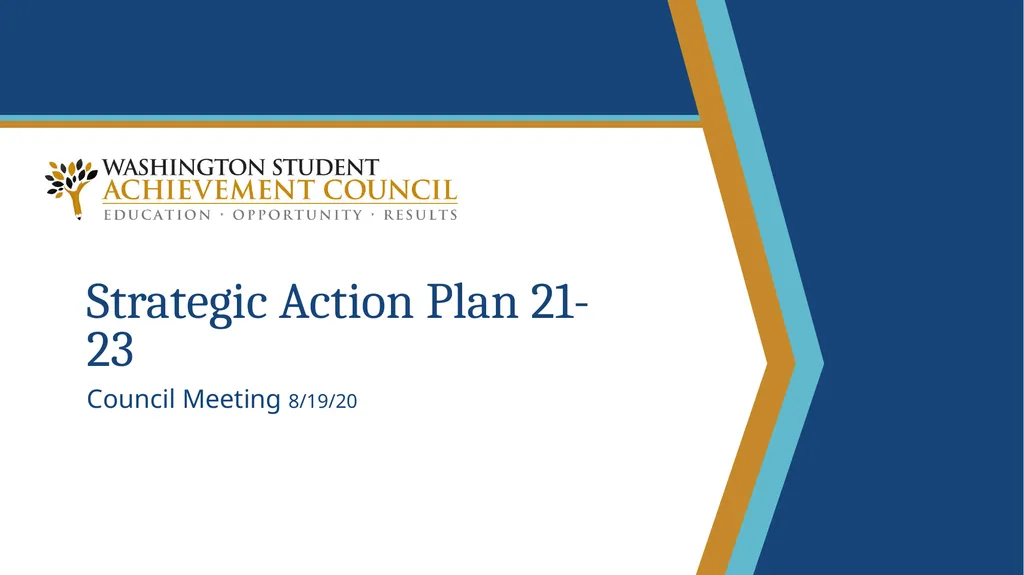
Strategic Action Plan 21-23 Council Meeting
Author: cheryl-pisano | Published: 2025-06-27
Description: Strategic Action Plan 21-23 Council Meeting 81920 The SAP answers 6 key questions What does an environment that supports college-going look like to current and potential students? How do we improve the current environment to increase
Download Presentation
Download the PPT/PDF: Download
Transcript:
Loading transcript…